Tulip Poplar
Liriodendron tulipifera
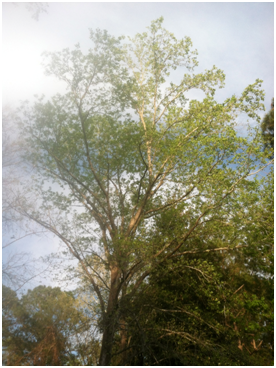
(Photo by Cole Wildes)
View the Location on Campus
Taxonomy (1)
Classification: Angiosperm, dicot (not eudicot)
Family: Magnoliaceae
Common name: Tulip Poplar
General Information (1)
Region of Origin: Eastern United States
USDA Plants Hardiness Zones: 4-9
Growth Habit: Tree
- Size: 70-90 feet tall
- Deciduous/Evergreen: Deciduous
- Flowering: May to early June
Diagnostic Characteristics
Leaves (1)
- Arrangement: Alternate
- Simple/Compound: Simple
- Shape: Lobed
- Other: 3-8 inches
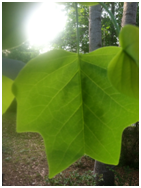
(Photo by Cole Wildes)
Stem/Bark (1)
- Color: Brownish to grayish
- Texture: Ridged and furrowed
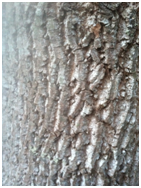
(Photo by Cole Wildes)
Flower (1)
- Perfect/Imperfect: Perfect
- Color: Greenish yellow to orange
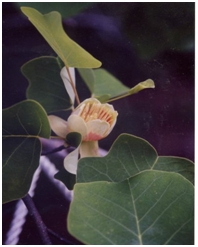
(Photo by Cole Wildes)
Fruit (1)
- Fruit type: Aggregate of samaras
- Size: 2-3 inches
- Color: Green to brown
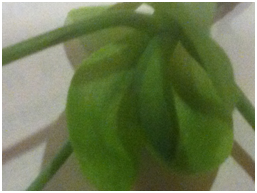
(Photo by Cole Wildes)
Horticultural Information (1)
- Light: Full sun
- pH: Slightly acidic
- Maintenance: Can be hard to care for
- Landscape Uses: Street tree or shade tree
Interesting Facts (1)
- Wood is used to make furniture and other products
- One of our tallest native eastern American deciduous species.
- The flowers depend on honeybees for cross-pollination and the honey is supposedly of excellent quality.
References
1) Dirr, M. A. (1977). Manual of woody landscape plants: Their identification, ornamental characters, culture, propagation and uses (2d. ed.). Champaign, Ill.: Stipes Publishing Co..
Prepared by Cole Wildes as a course requirement for BIOL 3630/5630, Spring 2013
Edited by Jessica Bartek
Edited by Jessica Bartek
Department of Biology
-
Room 2035, 2nd Floor
Bailey Science Building -
Mailing Address
1500 N. Patterson St.
Valdosta, GA 31698 - Phone: 229.333.5759
- Fax: 229.245.6585
Monday - Thursday
8:00AM until 5:30PM
Friday
8:00AM until 3:00PM
Saturday - Sunday
Office Closed